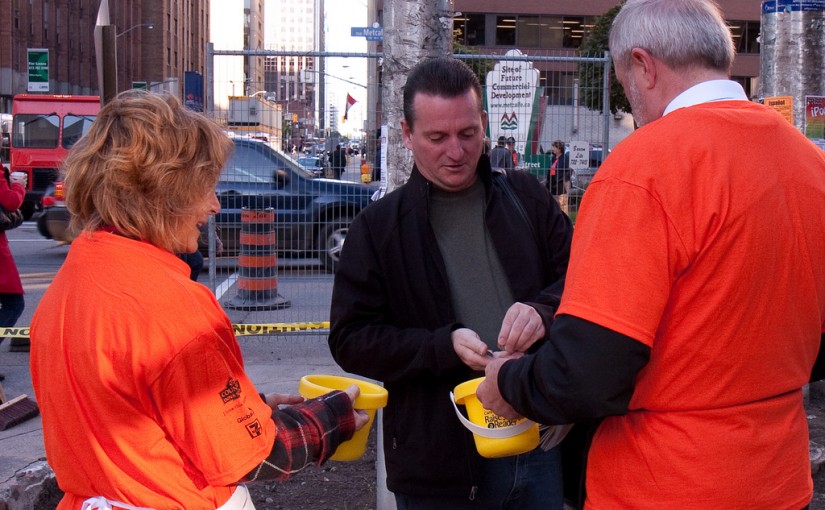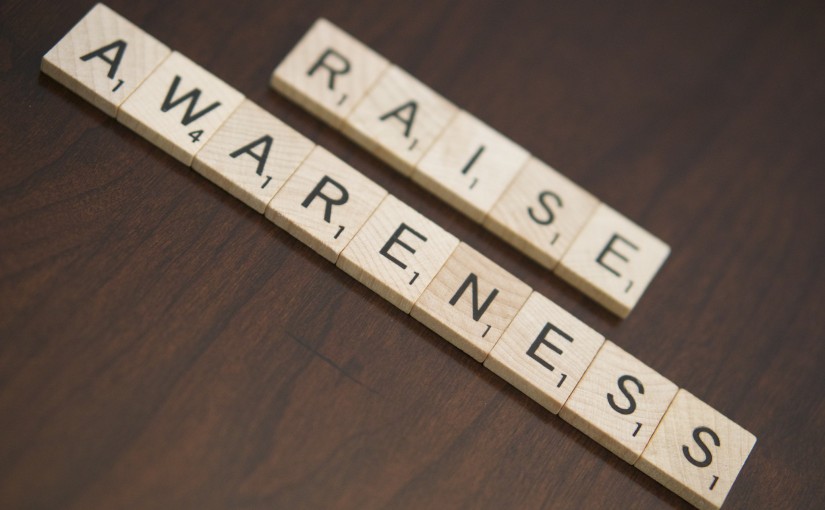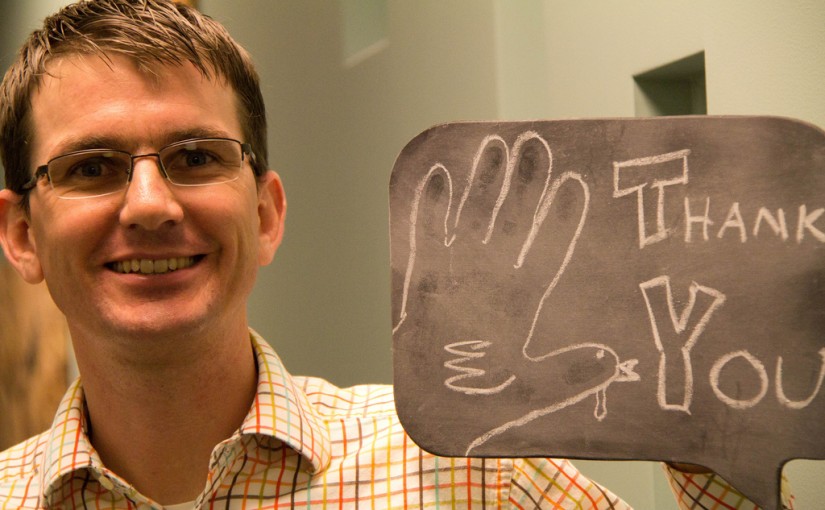Are you trying to raise money for your cause? If so, an annual fund raiser may be a good way to accomplish this. Annual fund raisers are not just telemarketing opportunities. They also give you and your organization the ability to reach out to people who would want to be included in the cause’s plans and to get in touch with past contributors in case they would like to renew their support. Organizing an annual fund raiser may seem daunting, but with a bit of help and this article as your road map and field guide, it can go much more smoothly. If you are thinking of organizing an annual fund raiser for your cause then take the first step. Read this article, and then start your annual fund raiser today!
The Three Fund-raising Periods
There are three relevant fund-raising periods in a year. As a fund-raiser, it is important to know about these periods and to keep them firmly in mind as you attempt to organize your annual fund-raiser. The first important time is the end of year period, covering the time-frame from November through December. This is the point at which it is most feasible for donors to give and for your cause to receive donations. If you intend on doing an annual fund-raiser, this would be a perfect time to do it. The second period is the period between January and June. This period is still very lucrative but not quite as lucrative as the year-end period. Finally, the least lucrative period of all is summertime, the months of July and August. Do not host your fund-raiser in either of these months.
Pay Attention To Your Contributors
As you are calling possible contributors, listen to what they say carefully. Keep records not only of what they donate and who they are but also their attitudes on donating. If they seem willing to donate but say they do not have the money at this time, make sure to take note of that.
Always Follow Through
If a potential donor says they would love to give but do not have money or that they cannot give right now, be sure to make a note of that information. It can be very valuable. When you make a second round of calls, be sure to follow up with these people. It is possible that the potential donor was giving an excuse to get off the phone with you. However, it is just as likely that they really do want to donate to the cause but really did not have the money. If you never call those people back, you will never know which it is, and you may lose potential money. As an added note, when you call back, do not be pushy, as that will make a possible donation turn into a definite no.
Organizing an annual fund-raiser may seem like a daunting prospect, but it does not have to be. Using the tips above as your road map, the journey will be much smoother than it would otherwise have been. You will find your amount of donations increasing and perhaps more importantly, you will have a wider base of loyal donors.





